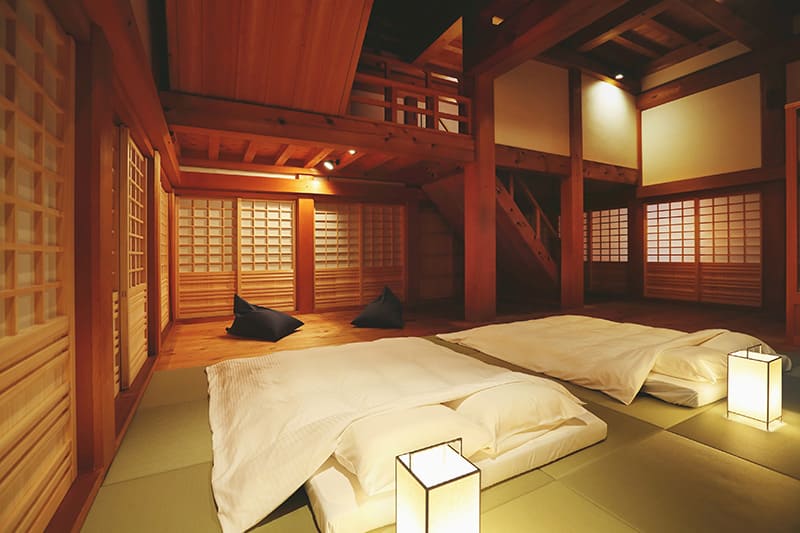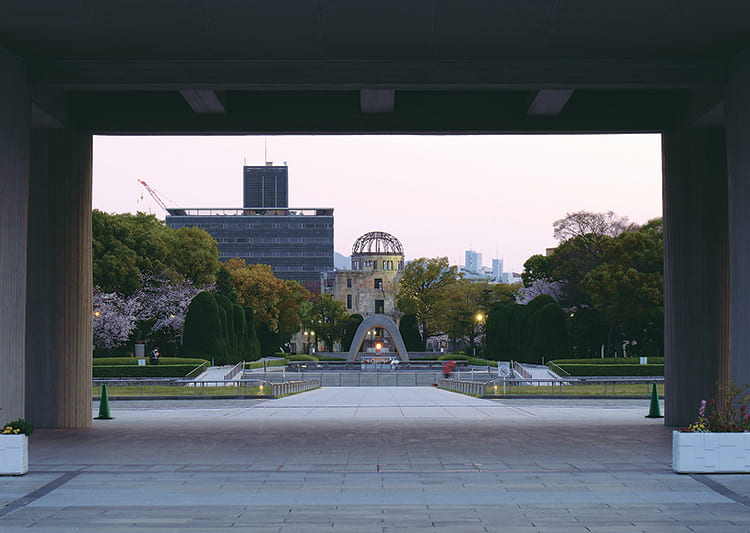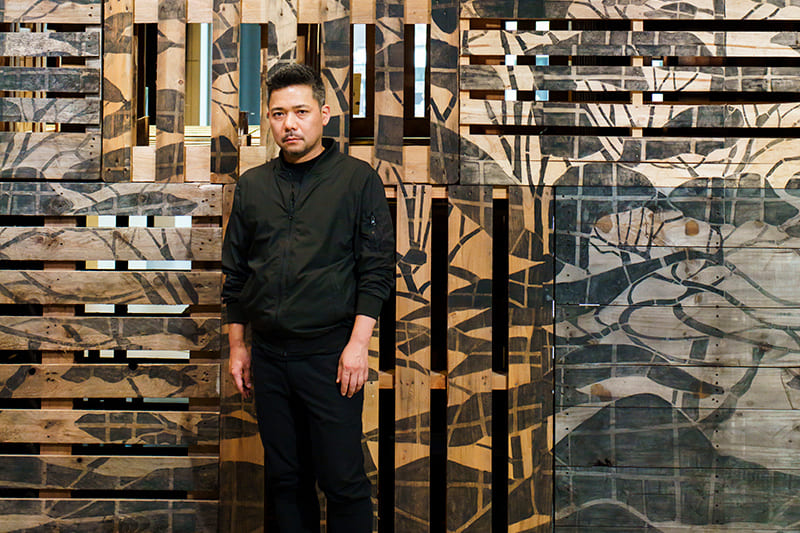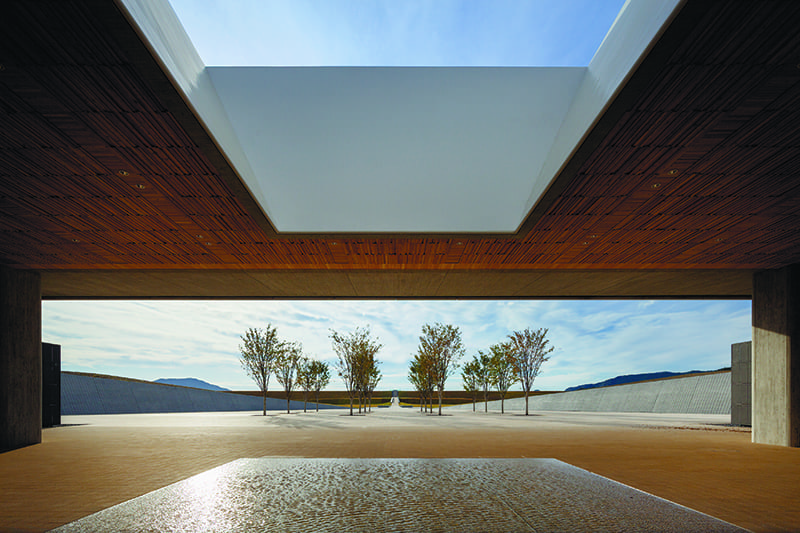November 25, 2022
Castle’s reconstruction emblematic of Okinawa
HISTORY
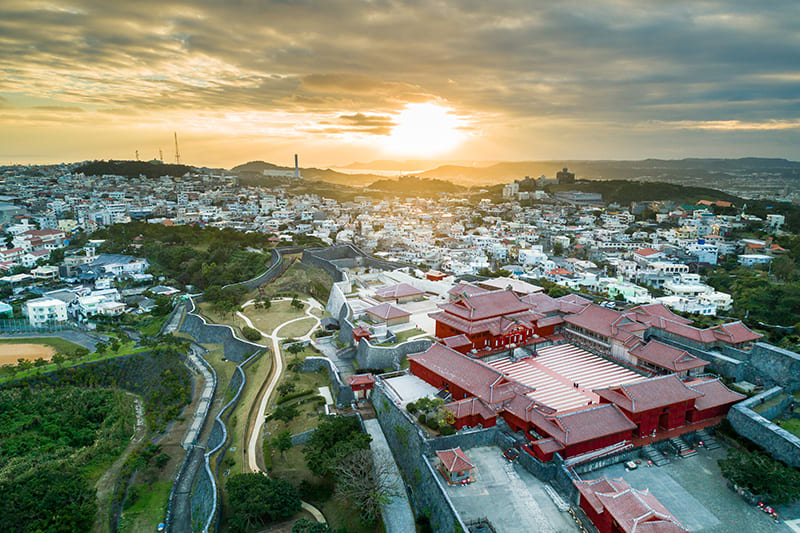
PHOTO: OKINAWA COMMEMORATIVE NATIONAL GOVERNMENT PARK / SHURIJO CASTLE PARK
Shuri Castle
This Ryukyu Kingdom castle dating from the 14th century is a unique structure blending Japanese, Chinese and Okinawan culture. The central building, the Seiden, was destroyed by a fire of unknown cause in 2019. Buildings have been erected around the site on which it stood and reconstruction work is just beginning, with a view to completion in 2026. It was registered as a World Heritage site in 2000.
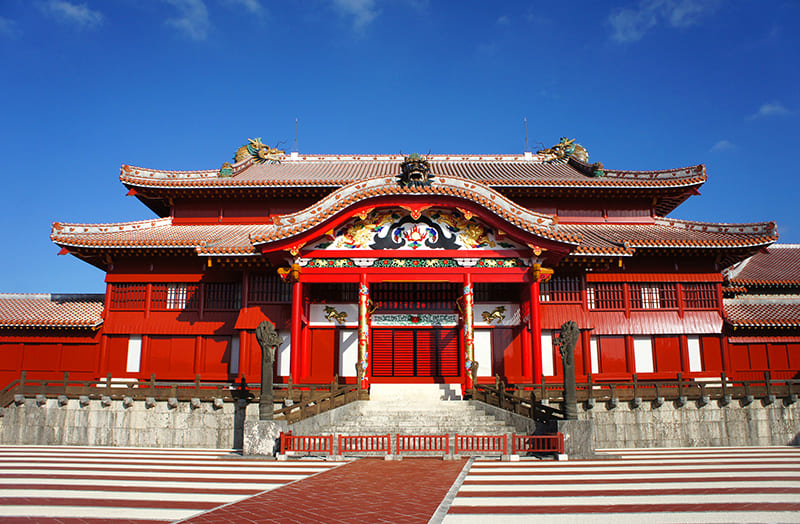
NATIONAL GOVERNMENT PARK / SHURIJO CASTLE PARK
Three years ago, in the early hours of Oct. 31, 2019, a fire broke out in the Seiden (main hall) of Shuri Castle, a World Heritage site. Firefighters desperately tried to extinguish the flames, but the conflagration continued to burn for 11 hours, destroying eight facilities including the Seiden. While the news dismayed the whole of Japan, the people of Okinawa Prefecture suffered a shock incomparable with anything experienced by residents of other prefectures. Said to have been built in the 14th century when Okinawa was the heart of the independent Ryukyu Kingdom, Shuri Castle was a center of politics, culture and diplomacy long before the island’s incorporation into Japan. Reconstruction of the Seiden and other castle buildings is now underway, with the goal of completing the work in 2026.
2022 marks the 50th anniversary of Okinawa’s return to Japanese rule from American control. After World War II ended with Japan’s acceptance of the Potsdam Declaration and unconditional surrender, the nation was placed under the administration of the Allied General Headquarters. Following the 1951 signing of the San Francisco Peace Treaty, the 6½-year Occupation came to an end in April 1952 and Japan returned to the international community, its sovereignty restored. Okinawa, however, remained under U.S. occupation. The U.S. established the Government of the Ryukyu Islands, which was placed under military control, and built bases and other military facilities.
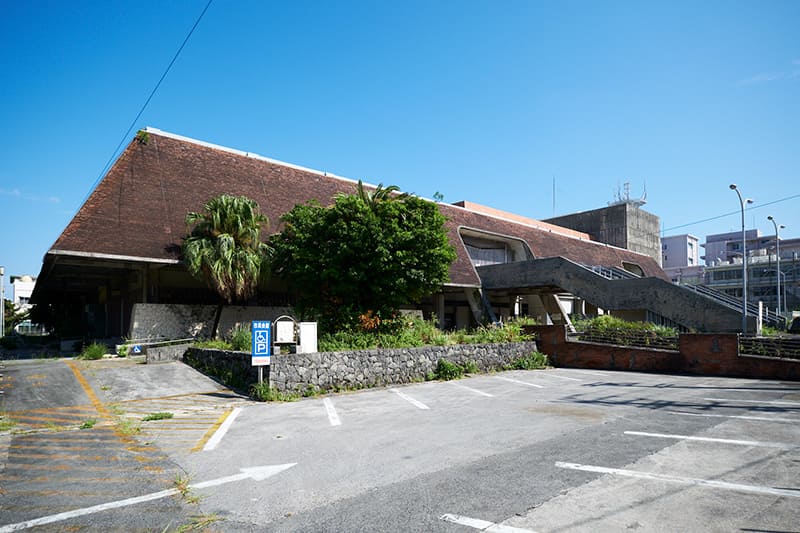
PHOTO: KOUTAROU WASHIZAKI
Having acquired particular strategic value with the 1950 outbreak of the Korean War, Okinawa became a forward base during the Vietnam War in the 1960s, when bombers would take off on their missions from the island. Even now, half a century after Okinawa’s restoration to Japan, approximately 18,000 hectares of land — around 15% of Okinawa Island’s total area — continues to be used for U.S. military bases and related facilities under the Japan-U.S. Security Treaty. It is a fact that the citizens of Okinawa Prefecture remain divided between those who support the survival of the bases, due to their reliance on the economy that has grown up around them, and those opposed to them.
The first dynasty to rule Okinawa was founded in 1429, when Sho Hashi unified the surrounding regions and created the Ryukyu Kingdom. The dynasty survived for 450 years until 1879, when Japan’s Meiji government implemented the Ryukyu Disposition and created Okinawa Prefecture. Although it had been invaded by Japan’s Satsuma domain in the early 17th century, the kingdom skillfully managed its foreign relations through affiliations to both the Satsuma domain and China’s ruling dynasties (Ming and, later, Qing). Consequently, the Ryukyu Kingdom maintained its unique culture and the appearance of an independent state.
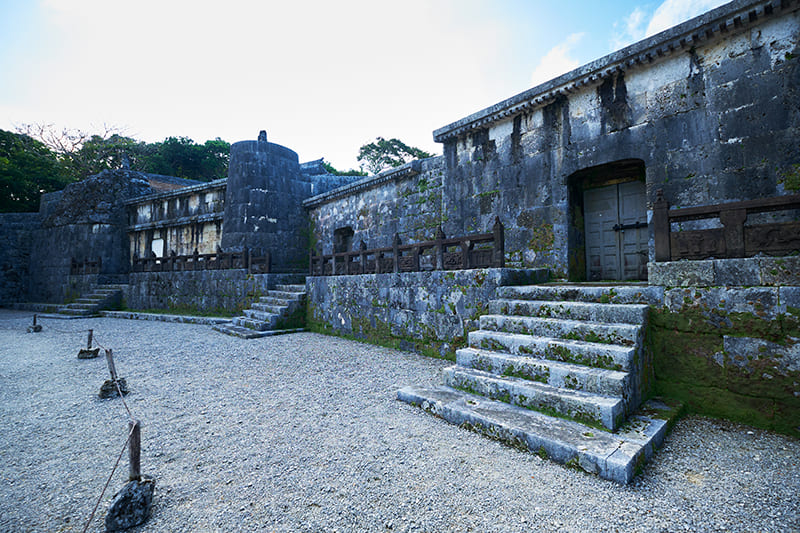
PHOTO: KOUTAROU WASHIZAKI
As of March 2022, the Japanese government has designated more than 288 cultural properties as National Treasures, but only two are located in Okinawa: a collection of materials related to the second Sho dynasty of the Ryukyu Kingdom (designated in 2006), and Tamaudun, the mausoleum of the second Sho dynasty (designated in 2018). One reason for this is likely that most of Okinawa’s precious cultural properties were lost in the fierce ground offensive on the island during World War II. Shuri Castle had been designated a National Treasure before the war, but it was destroyed by fire during the Battle of Okinawa. The building that burned down more recently was a reconstruction built in 1992 (in fact, over the years, Shuri Castle had already burned down three times even before the Battle of Okinawa).
But even though it is no longer a National Treasure after being reduced to ashes, Shuri Castle remains iconic for Okinawa. As a symbol of the Ryukyu Kingdom, it is a mainstay of local history and culture for people whose roots lie in Okinawa. The reconstruction of the Seiden is emblematic of the people of Okinawa, who have survived and overcome countless difficulties down the centuries. Even now, Okinawa is going all out to forge a path to the future.
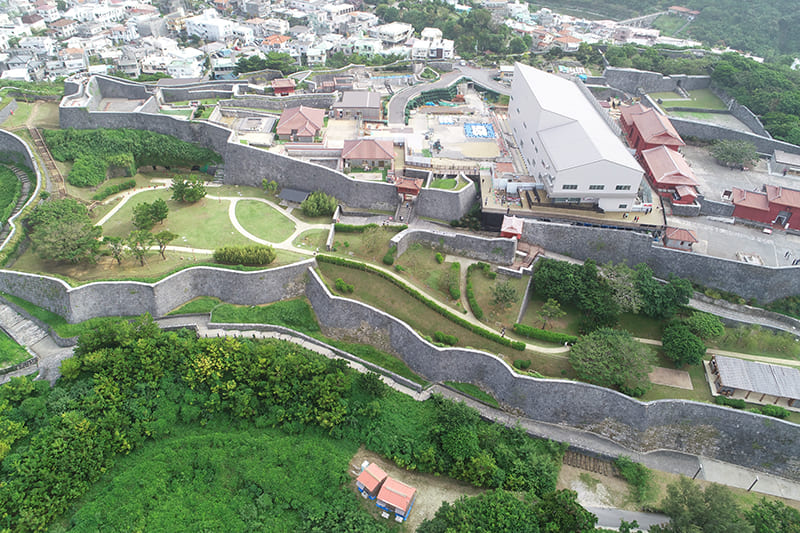
PHOTO: OKINAWA COMMEMORATIVE NATIONAL GOVERNMENT PARK / SHURIJO CASTLE PARK
沖縄のシンボル首里城正殿の復元に重なる、沖縄の姿。
2019年、世界遺産にも登録されている首里城の正殿内部で火災が発生。消防は必死の消火活動を続けたが正殿を含む8つの施設が焼失した。このニュースに沖縄県民は大きなショックを受けた。首里城は、沖縄が日本に組み込まれる以前、琉球王朝だった頃の14世紀頃に創建された政治・文化・外交の中心的な施設だったからだ。現在、正殿は2026年の完成を目指し復原作業が進められている。
2022年は沖縄がアメリカから返還されて50年になる。日本は1952年、6年半に及ぶ占領を終え主権を取り戻した。その陰で継続してアメリカの占領が続いたのが沖縄だった。米国は軍政下に置き、軍施設を建設していった。
国宝指定の文化財は288件あるが沖縄には2つしかない。首里城も戦前は国宝に指定されていたが戦争で焼失し、1992年に復元されたものだった(その前にも首里城は歴史上3回焼失している)。だが首里城は国宝でなくとも、焼けて無くなってしまっても沖縄の象徴であることに変わりない。正殿の復原作業は、困難を乗り越え何度もそれを乗り越えてきた沖縄の人たちの姿に重なる。
Return to Sustainable Japan Magazine Vol. 18 article list page

